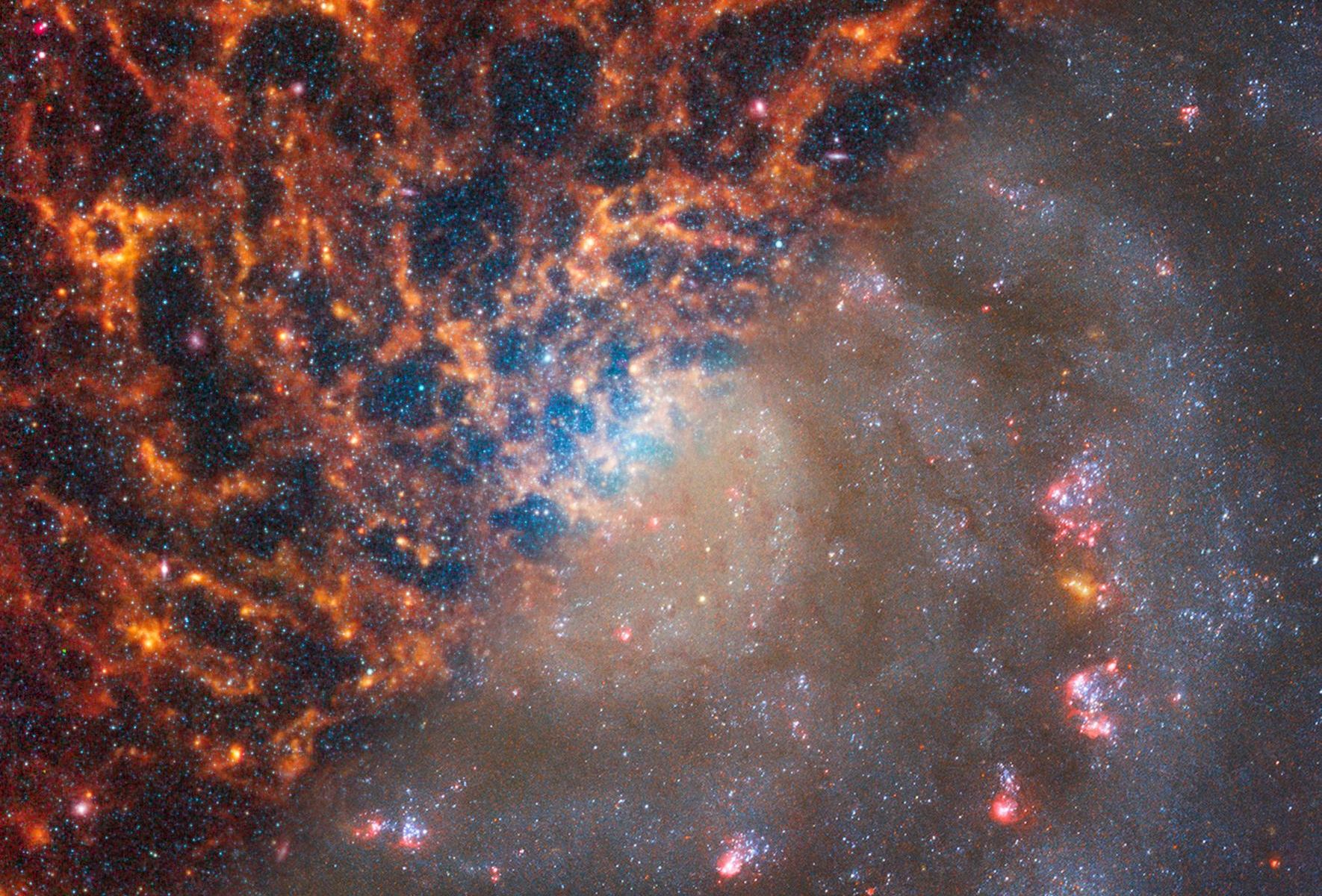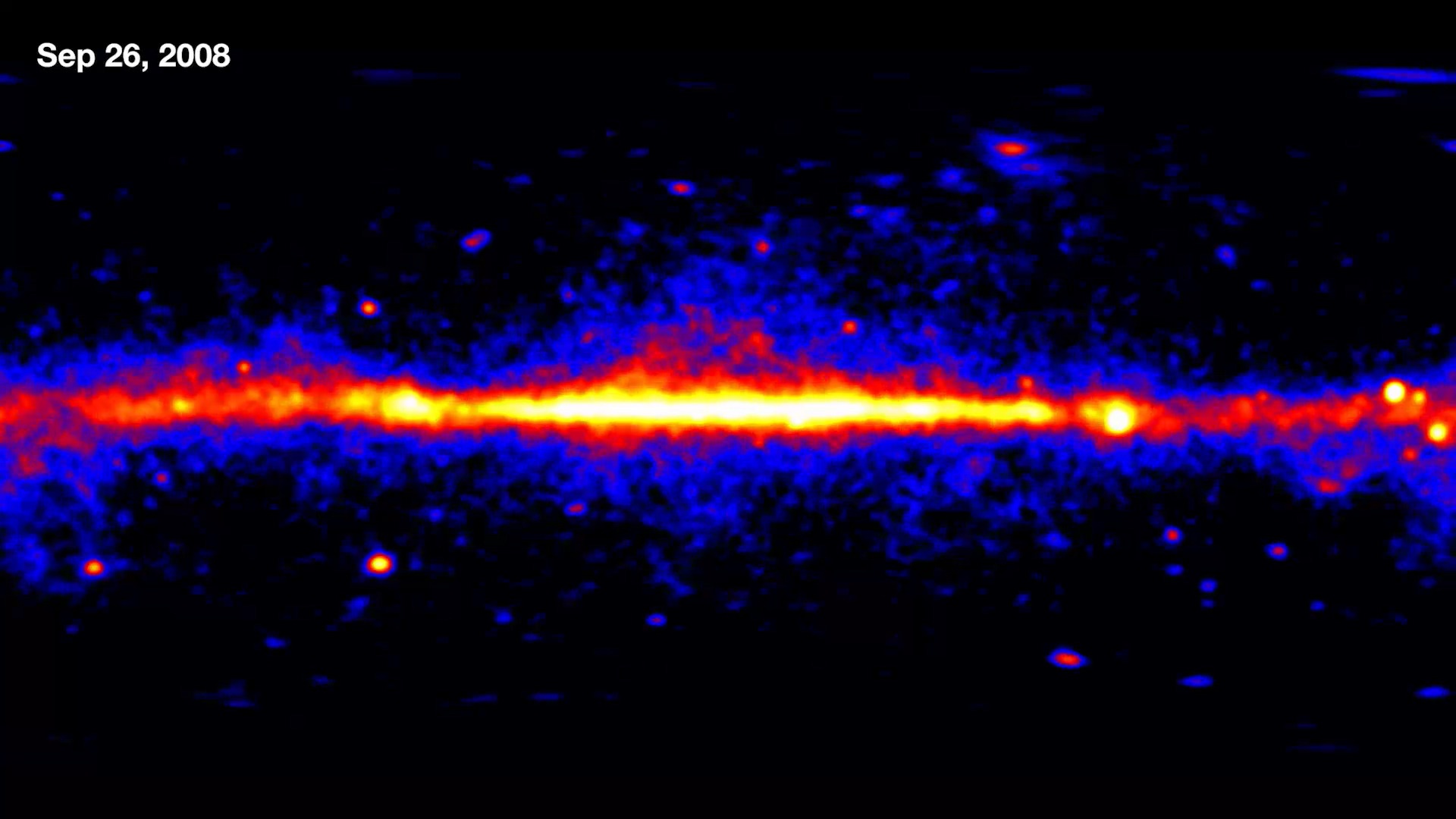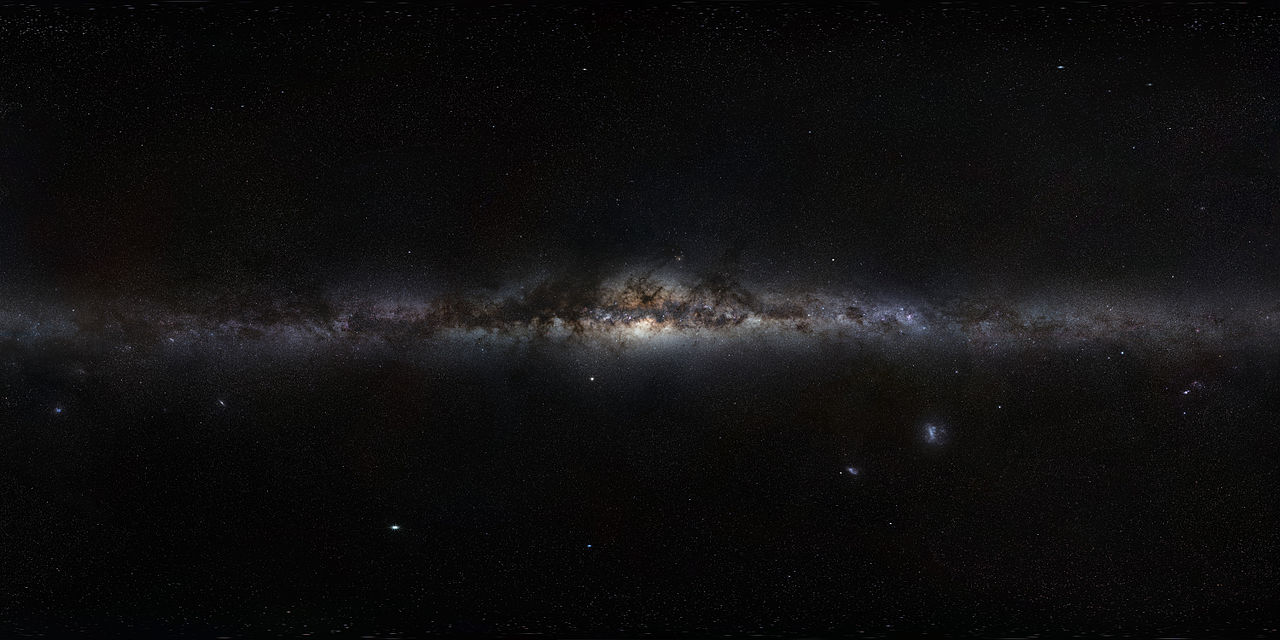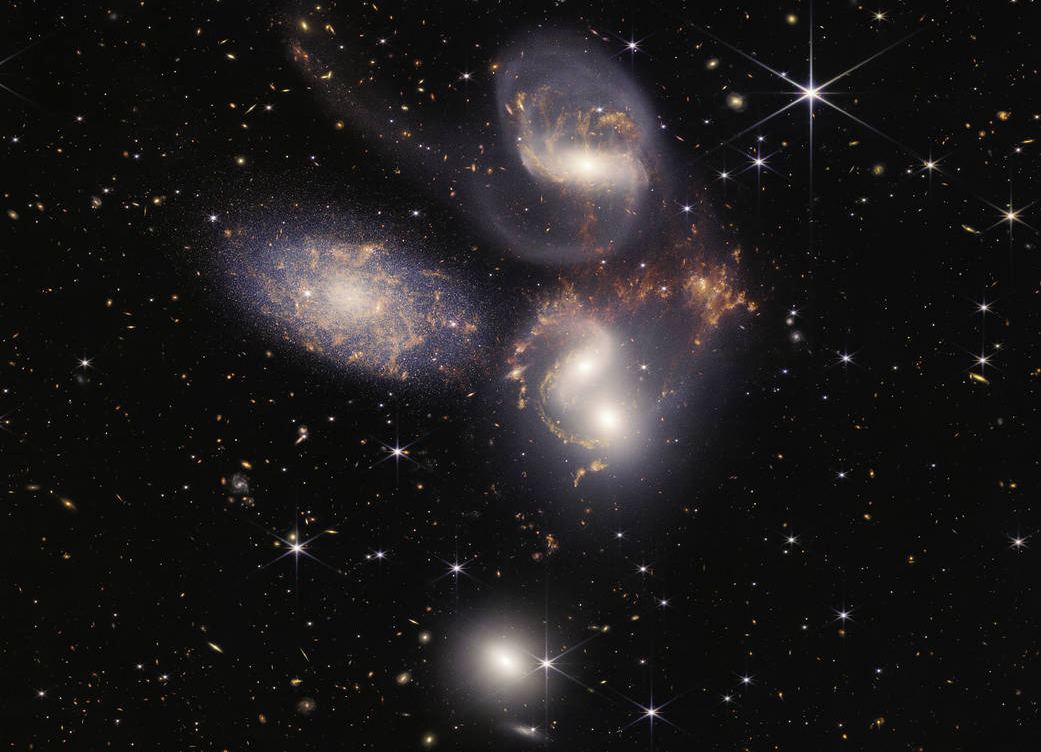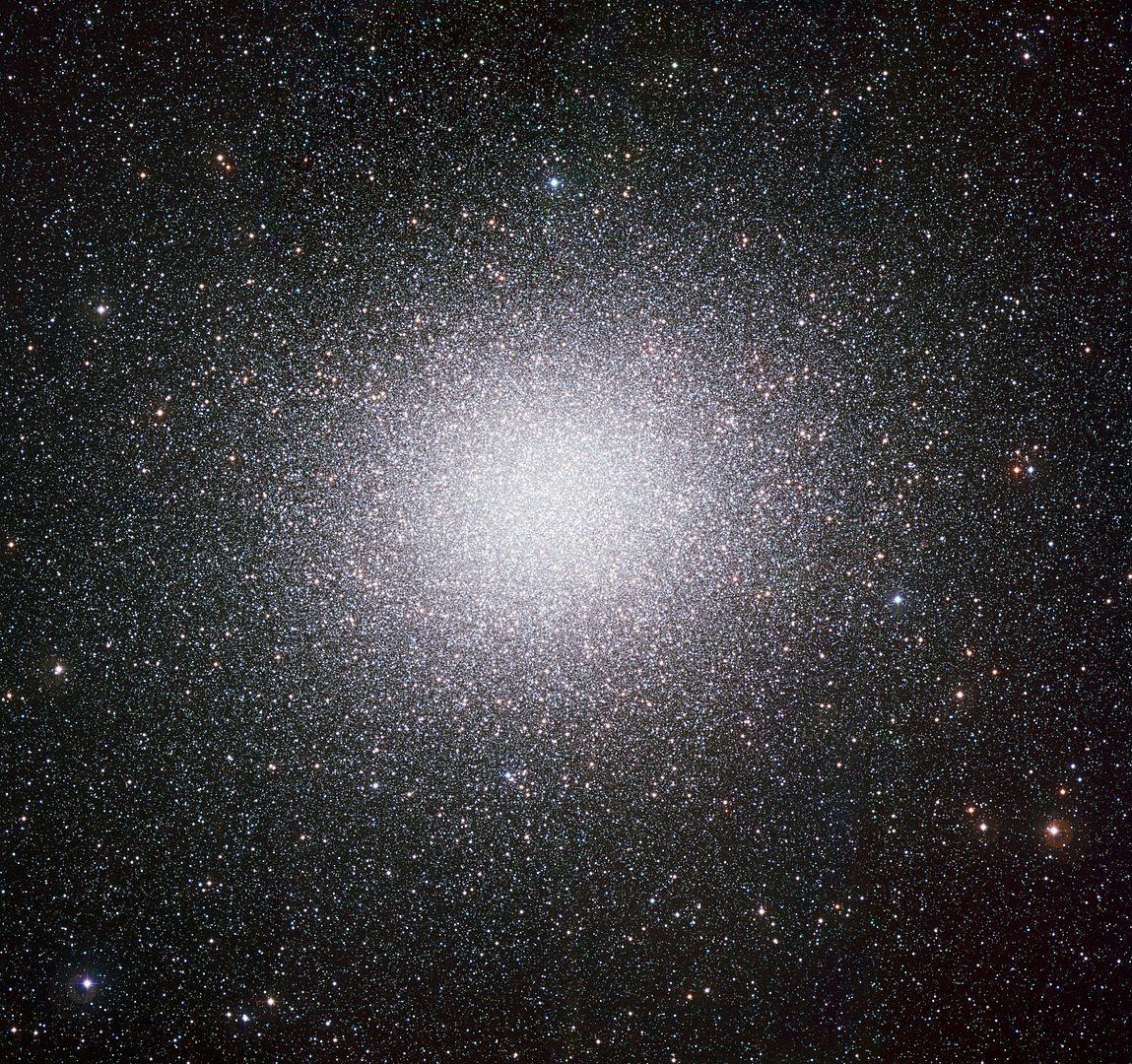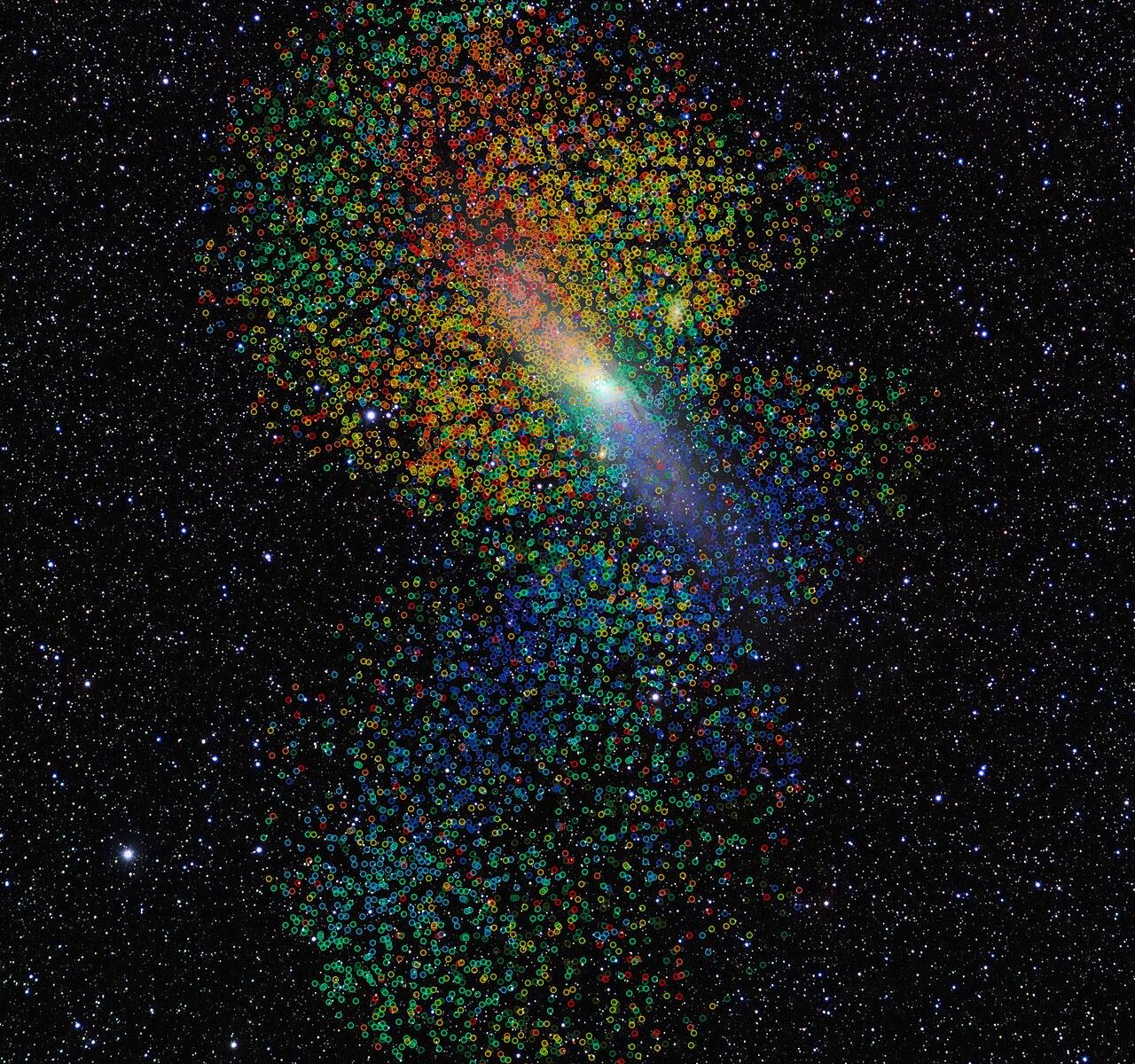On July 1st, 2023 (Canada Day!), the ESA’s Euclid mission lifted off from Cape Canaveral, Florida, atop a SpaceX Falcon 9 rocket. As part of the ESA’s Cosmic Vision Programme, the purpose of this medium-class mission was to observe the “Dark Universe.” This will consist of observing billions of galaxies up to 10 billion light-years away to create the most extensive 3D map of the Universe ever created. This map will allow astronomers and cosmologists to trace the evolution of the cosmos, helping to resolve the mysteries of Dark Matter and Dark Energy.
The first images captured by Euclid were released by the ESA in November 2023 and May 2024, which provided a glimpse at their quality. On October 15th, 2024, the first piece of Euclid‘s great map of the Universe was revealed at the International Astronautical Congress (IAC) in Milan. This 208-gigapixel mosaic contains 260 observations made between March 25th and April 8th, 2024, and provides detailed imagery of millions of stars and galaxies. This mosaic accounts for just 1% of the wide survey that Euclid will cover over its six-year mission and provides a sneak peek at what the final map will look like.
Continue reading “Check Out This Sneak Peek of the Euclid mission’s Cosmic Atlas”



